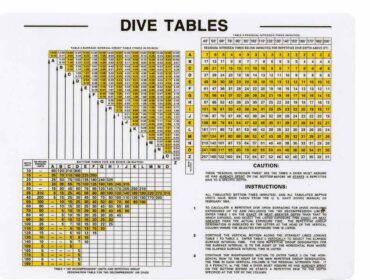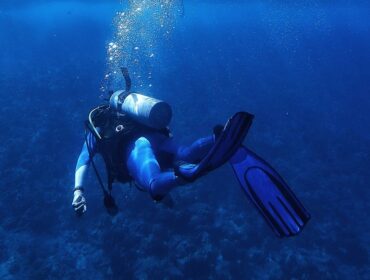Today I learned that scuba divers aren’t the only people who risk getting the bends when diving. Believe it or not, there is a special type of skydiving called HALO jumping, where the skydivers have to breathe 100% oxygen before and during the jump to avoid Decompression Sickness. How, you might ask…
Well, HALO jumping isn’t your average skydive from anywhere between 3,000 to 13,000 feet (1,000-4,000 meters). Instead, imagine jumping from a commercial airline at it’s cruising altitude of 28,500 – 30,000 feet (8,600- 9,500 meters). HALO jumping is just that, it’s a form of parachuting or skydiving done military style. In fact, HALO is an acronym for High Altitude, Low Open parachute jump and is also known as Military Free Fall (MFF).
In this technique initially adopted by the military to drop troops behind enemy lines undetected, the troops would have to jump from aircraft cruising altitudes, so as to not arouse any suspicion. In recent times, this style of jumping is seen an an extreme form of skydiving. Unlike regular skydiving, where the jumper free falls for a very short time (maybe a minute at the most) and deploys the parachute to slow down to safe landing speeds, HALO jumpers free fall for more than 2 minutes (double that of a regular skydive) before deploying their parachutes at around the same altitude of regular skydivers.
HALO jumpers however, are required to breathe pure oxygen for around 30-45 minutes before the dive and then they also employ an oxygen bottle during the jump and breathe through a mask. This is namely for 2 reasons-
- At that altitude there is very little oxygen in the air and without oxygen, you would only remain conscious for about 30 seconds or so.
- The oxygen purges all the nitrogen out of the body, without which, because of the rapid drop in pressure when jumping, the jumper would be susceptible to Decompression Sickness, also known as the bends.
Even the slightest amount of nitrogen in the persons body could form nitrogen bubbles in the bloodstream of the diver, as when they jump there a sudden drop in ambient pressure, and the bubbles could permanently disable or even kill the jumper. Another risk HALO jumpers have is frostbite, as temperatures at that high an altitude can be -25 to -50 degrees Fahrenheit.
So you see, scuba divers aren’t the only one at risk of the bends when diving!


